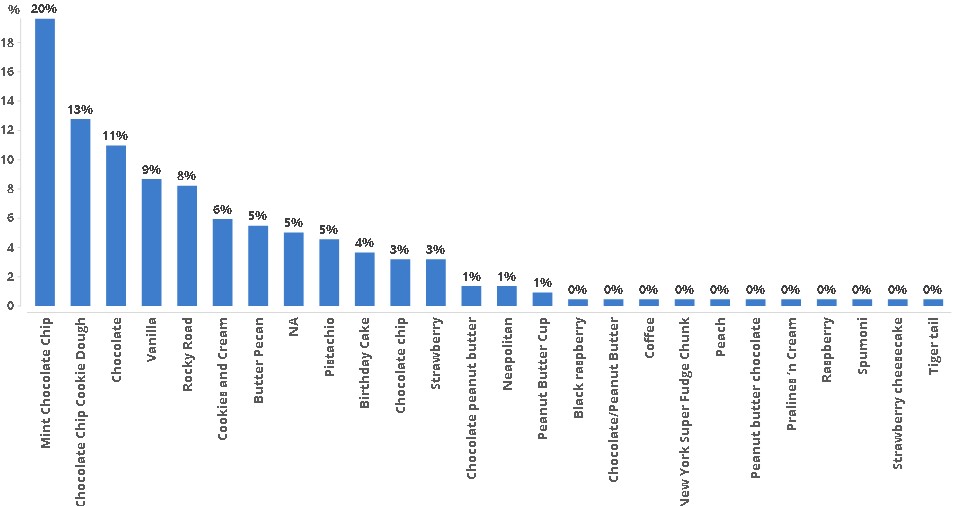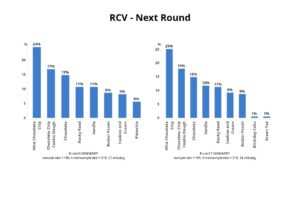
Part 2 – HOW TO CHANGE MINDS USING DIGITAL MEDIA? SUSTAINING OF BELIEFS, VALUES AND ATTITUDES
In Part 1 HOW TO CHANGE MINDS USING DIGITAL MEDIA? FORMATION OF BELIEFS, VALUES AND ATTITUDES, we explored the formation of beliefs, values, attitudes, and identities.
We understand that after people form political identities (or any for that matter), they are extremely difficult to change.
Why?
Our Tricky Brains – Thinking about Thinking
There is ample evidence that once we form identities, these identities begin to influence and affect our actual realities. These psychological attachments becomes screens that are used to filter information – they literally construct our realities.
This is in part due to how our minds operate. Human minds are not built to see things clearly. Let me repeat: human minds are not built to see or process information clearly. In fact, our minds, in a lot of cases are big fat liars. We see patterns where they don’t exist. We continually mix up causality.
At a base level, our minds are meant to help us survive, conserve energy, and pass our genes on in order to keep the species alive. Anything after those things is gravy.
The Two -System Brain
Taking a lot of interesting science and boiling it down – there are two main systems in the brain for processing information. They are called different things by different people – system 1 & 2 / fast & slow / automatic and deliberate – regardless of what you call them, the best metaphor I have found is the elephant and the rider.


Most of the time, our thinking is on auto-pilot. It is like the elephant, it lumbers along processing information. Most of the time, we aren’t conscious of the decisions being made for us. Thank goodness! Could you imagine how exhausting it would be to truly notice everything all the time? This automatic processing allows us to conserve energy and make intuitive decisions that are often right. I drove home yesterday on a route that I drive almost daily. I can’t tell you a single detail of the drive, but I made it home safely.
This two-process thinking also explains why humans react to negative stimuli much more than ‘positive’. We tend to remember the place a bear is likely to confront us on a nature walk.
The two-process thinking also explains the power of negative emotions and dread of loss. Negative emotions stick with us longer and play a larger role in our mental makeup. It is why trauma is so insidious.
Politics for most people is strictly on autopilot. Let’s face it, they just aren’t that into us. People are busy with other daily tasks and politics is completely put on automatic or non-existent. A large part of society doesn’t connect their daily lives with politics.
Of course, there are times when we are awoken from our automatic slumber, and the rider takes control of the elephant. It takes great effort on the rider’s part – but if the rider is motivated enough and able, the rider can wrestle with a topic a notion.
This normally happens with something novel…say a bicyclist lurches out in front of a driver on the normal route they take and the driver is forced to slam on the breaks. Suddenly, the driver can tell you details about the drive.
This also happens with emotional stimuli. There is considerable research on the power of fear. If you are afraid of something, the rider may take control to spend more time and energy thinking about the subject causing fear.
The other biggie is anxiety. There is compelling research demonstrating that anxiety drives more attitudes and behavior than fear.
Understanding these key concepts is crucial to understanding today’s political environment.
Reality Constructs
Once we start this identity supporting feedback loop. It is extremely difficult to short-circuit. Our brains literally use these processes & glitches to construct our own realities. We see, hear, feel, experience different realities to the same stimuli.
This explains why dash cameras & police body cams are controversial. A camera presents an ‘objective’ video of events. The camera doesn’t care about your brain, it is what it is – the camera shows the same footage to anyone willing to see it. Yet, there is hardly a policy body cam video released that people don’t ‘see’ different things or ‘construct’ different realities.
A final thing to understand about identities and the brain is that once identities are formed, humans seek out like-minded people (there is some research that explores the causation of these two factors – do we form friends on our identities – or are our identities formed by our friends? My guess is ‘yes’ – but you have to ask under what conditions…..) Once a tribe is formed, a tribe has rewards and punishements (banishment and rejection) to maintain the group, and then the group begins to separate from people that don’t share these identities.
Maintaining and Sustaining Beliefs, Values, and Behaviors
Key understanding: In our current politics, there are many, many political actors that are interested and invested in assisting the public, voters, and donors maintain, sustain, and deepen their political identities. They are often using digital media as the tool.
These political actors absolutely want the elephant in control. They understand people are using these identities as information flow guardians – allowing in information agreed with – rejecting information that doesn’t conform to identities.
They understand, humans are literally constructing a reality.
There are political actors intent on playing to this brain hack, and they are being rewarded handsomely.
It explains how social media algorithms are so sneaky: the algorithms first are trained to feed us agreeable information and second then optimized to feed us information we ‘engage’ with – said another way – negative, fear, and anxiety laden messages. In the end, the algorithms are optimized and rewarded with ad revenue. See – Facebook files!
Political parties and politicians are additional crisis-actors in this ‘game’. Their interests are donations, votes, and media attention. Both political parties and politicians have a vested interest in keeping the base ‘engaged.’ The more engaged the base is, the more small & large dollar donations flow. The downside is this engagement is driven by hatred of the out-group (negative partisanship), and emotional appeals laden with anxiety, fear of loss, and shock.
Finally, the media – while always driven by sensationalism – is now driven by click through rates, likes, and ‘engagement.’ The thing that is different, the Internet has allowed people with varying, fringe identities that may have been a small minority in any community to join forces. This is how Alex Jones is allowed to sell vitamins.
In fact, the entire online economy is driven by ‘engagement.’
Now, get off my lawn.
What have we learned?
As we have stated, changing minds is difficult.
Humans will protect our identities and use our identities to form feedback loops to reinforce our identities.
Adding to this is the very structure of our thinking. A vast majority of our waking day is spent in the automatic or elephant part of our brain. To some extent, we are all on autopilot.
Finally, there are political actors who are cracking the code with the intention of adding gas to the fire because these actors have no desire to allow anyone to change their mind and ‘gasp’ possibly change teams. In addition, they are rewarded with financial gain.
It takes great effort for the rider to seize control away from the elephant or automatic thinking. Normally, it takes something novel (shocking, controversial) and / or new. These stimuli are often laced with emotions – fear and anxiety.
But wrestling control is just the first step. Now that something nvoel or new has happened, and it is powerful enough to force us out of our lumber, is powerful enough to sruvive our deliberate process of thinking?
As we will see, in part three – once we are tuned in, we still face considerable hurdles to changing minds.
Because as we all know, it regardless of the difficulty, changins minds does happen.





